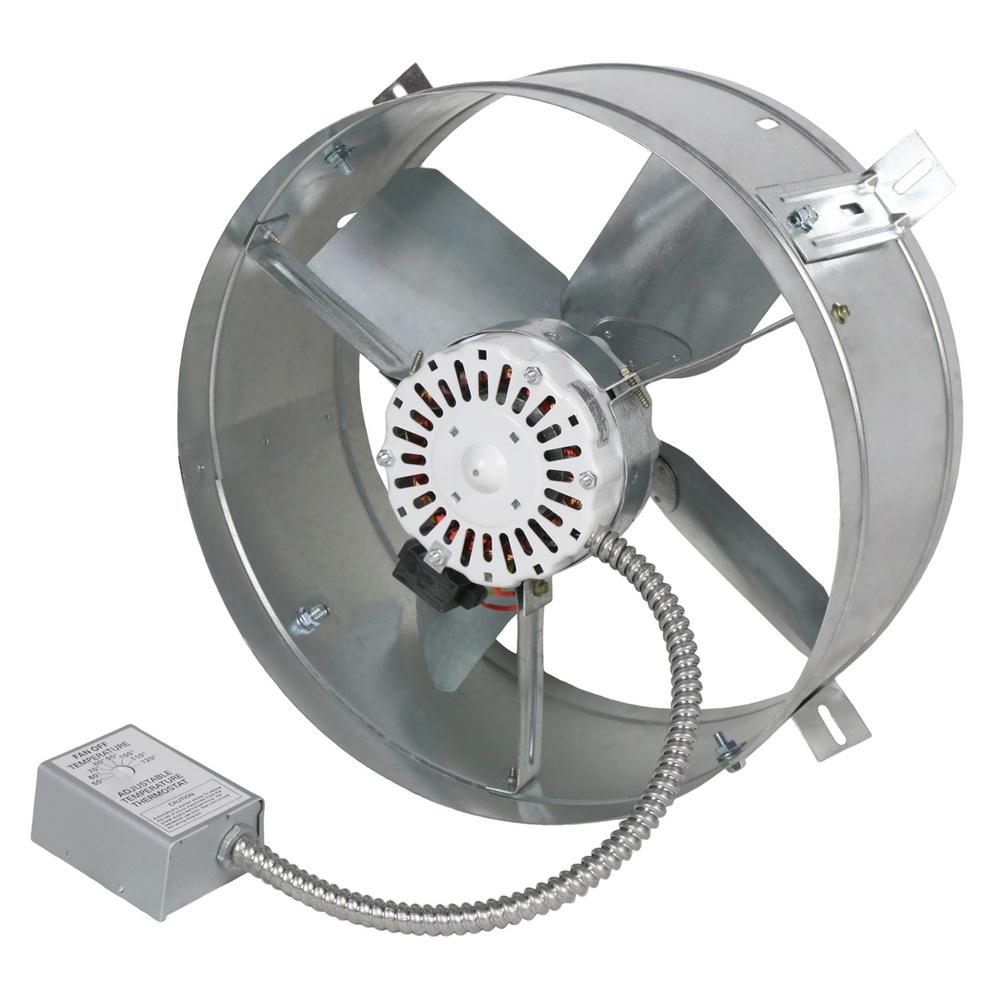Never cover attic soffit vents with insulation use rafter vents and soffit vents to maintain airflow.
Attic fan airflow direction.
As the attic space warms up from the irradiation of the sun the ventilation port opens wider to allow the solar fan to move more warm stale air out of the attic area.
Most solar attic fans are surface mounted meaning that they are installed directly through the roof surface where they are most efficient.
These fans are usually wired to run in one direction.
One static vent style is the turbine vent which uses wind to power its enclosed fan all it takes is a light breeze to rotate the blades and suck heat out of the attic view example on the home.
The downside of attic ventilation fans.
Some whole house fans however can be reversed to spin in the opposite direction.
During the summer an attic can be 40 to 50 hotter than the outside temperature which in turn heats up the house very quickly.
However the utility of attic ventilation fans is actually quite a controversial topic.
However if your attic has blocked soffit vents and is not well.
The afg pro 3 0 is possibly the most powerful residential attic fan on the market today.
Solar attic fans do just that.
An overhead fan can create a relieving breeze or recirculate heat during cooler months if you know how to change the ceiling fan direction.
Attic ventilation fans whether hard wired or powered by their own solar panels seem like a low cost and effective way to help keep your house cool.
Attic fans are intended to cool hot attics by drawing in cooler outside air from attic vents soffit and gable and pushing hot air to the outside.
With an attic fan you can cool the attic to the same temperature as it is outside greatly reducing the house from heating as quickly.
Whole house fans are used to blow hot air out of the attic by sucking cool air through the house up though the whole house fan and out though the gable vents in the attic.
The quietcool afg pro 3 0 attic gable fan can help cool and ventilate your attic for just pennies an hour.

